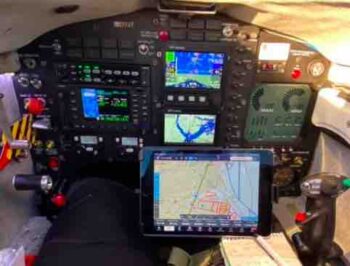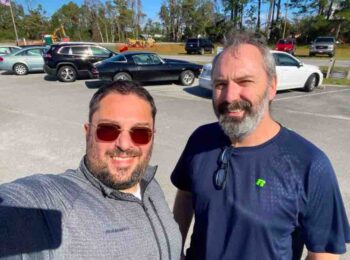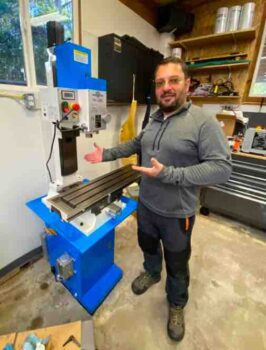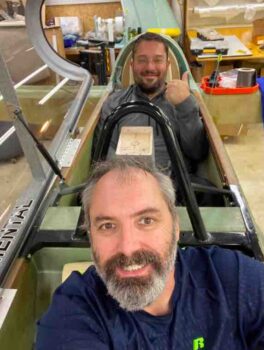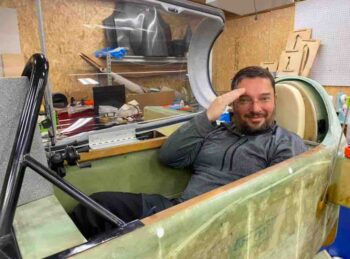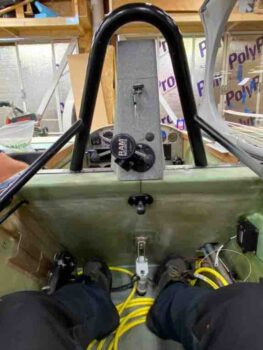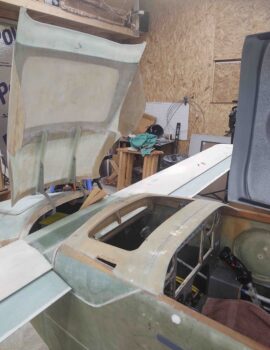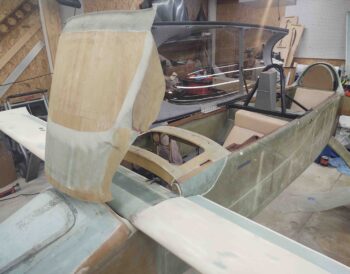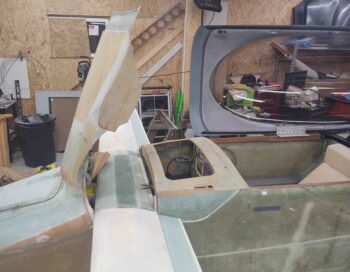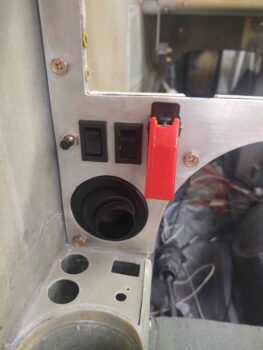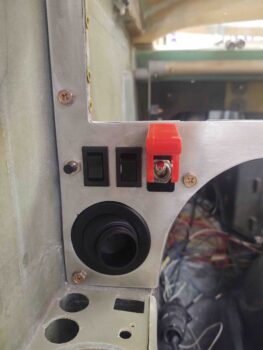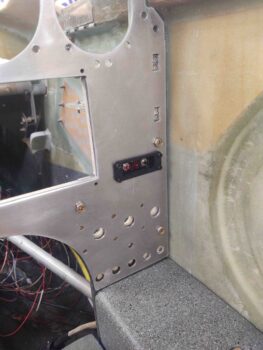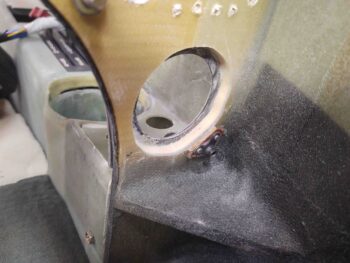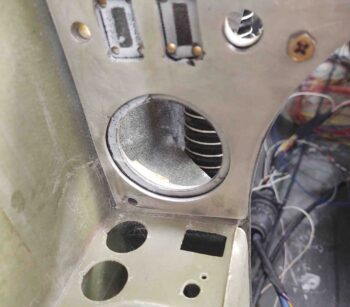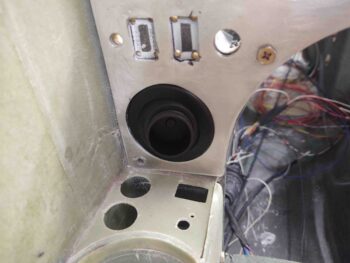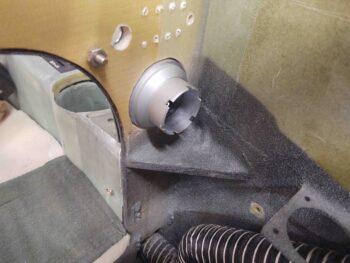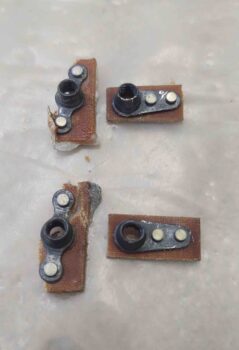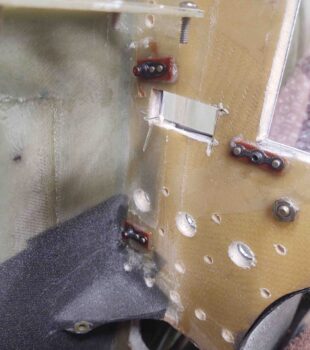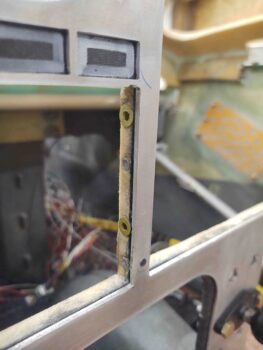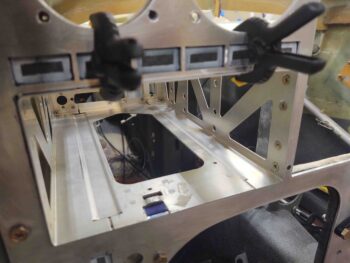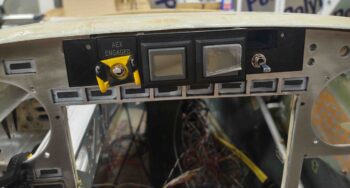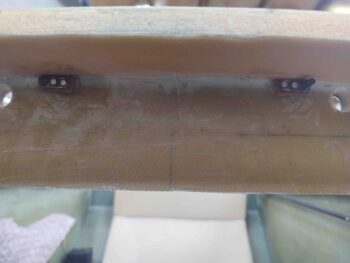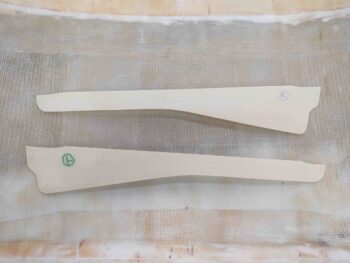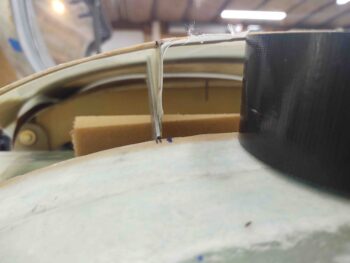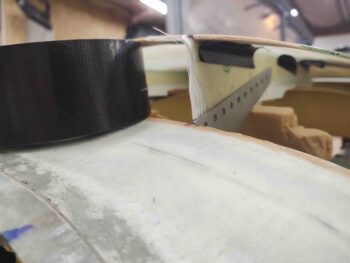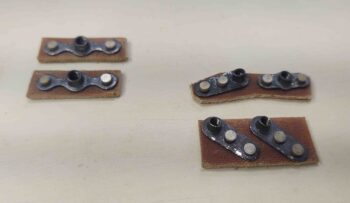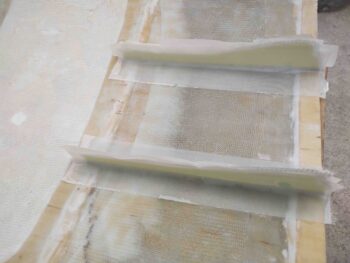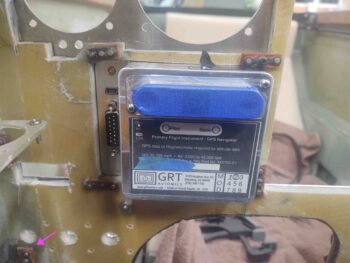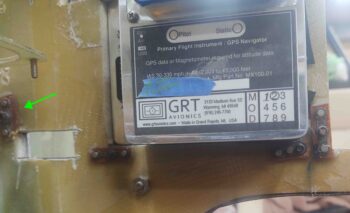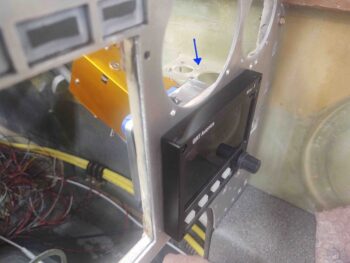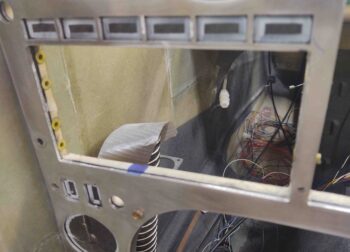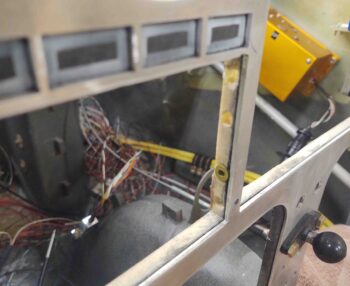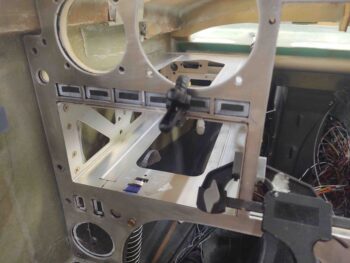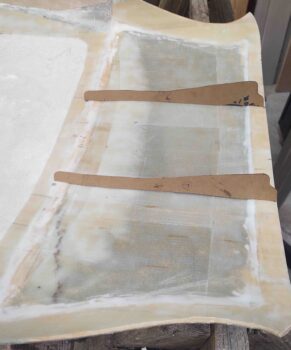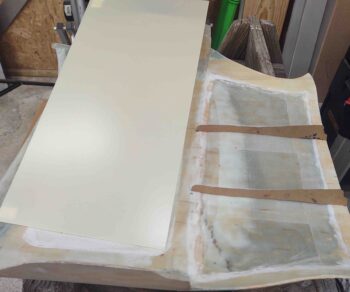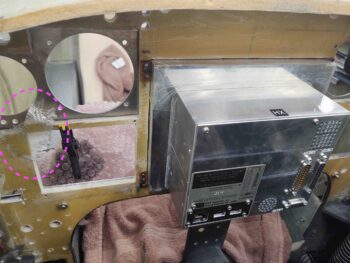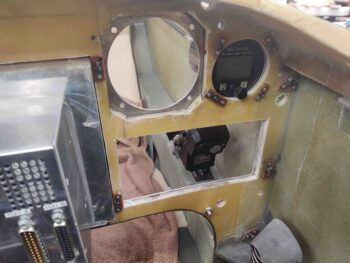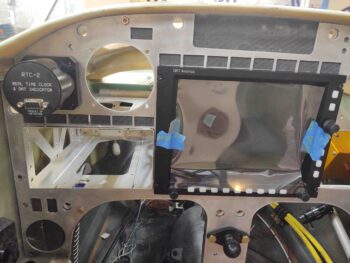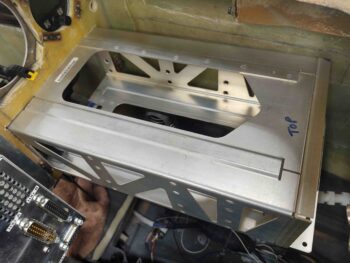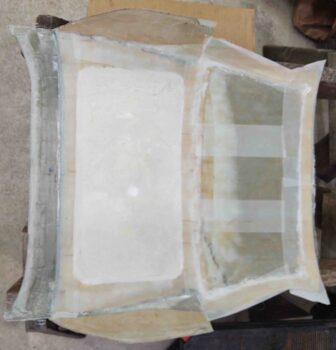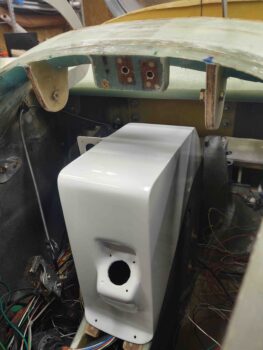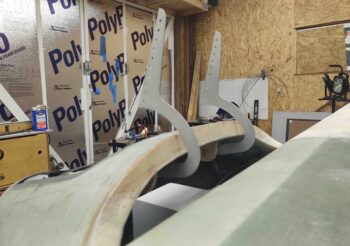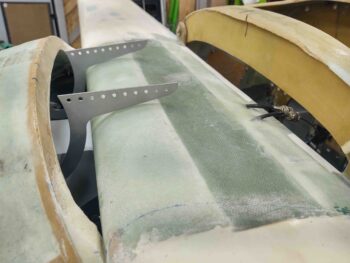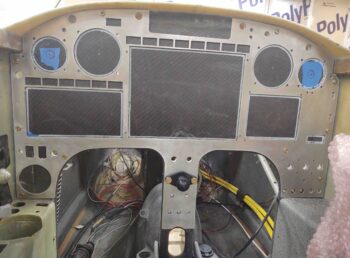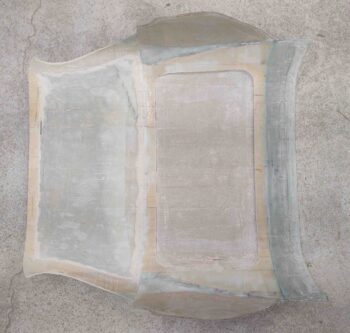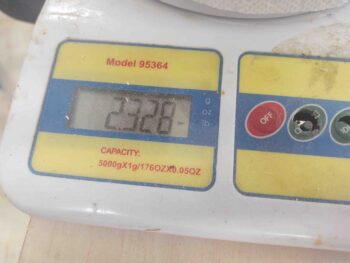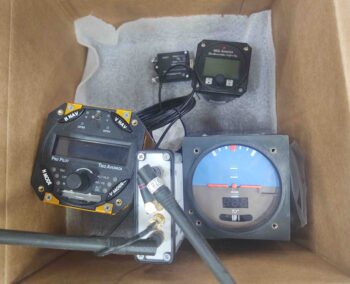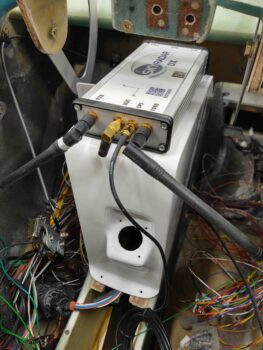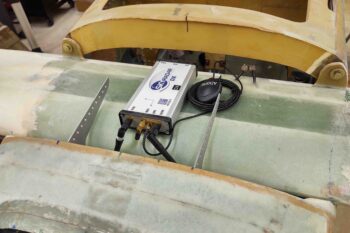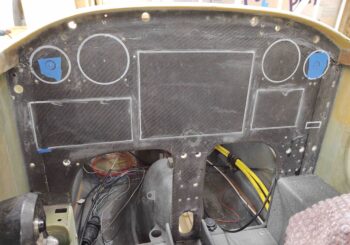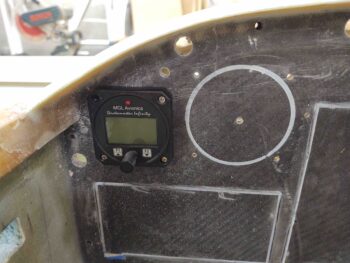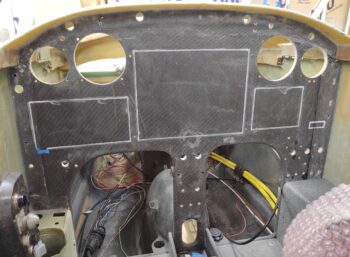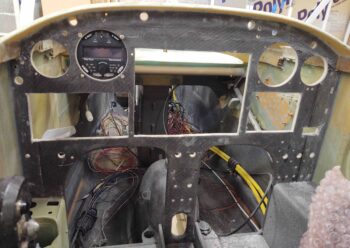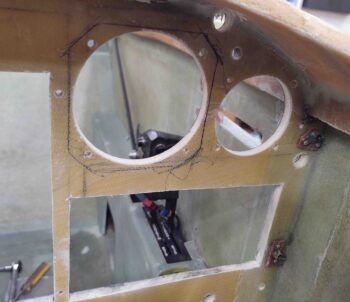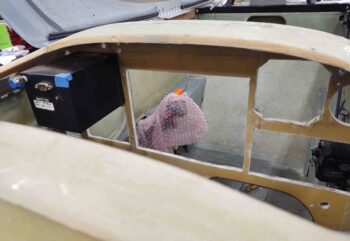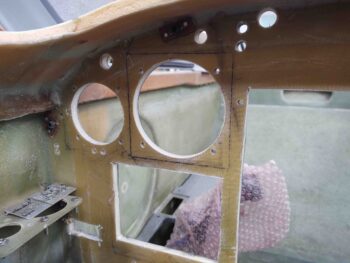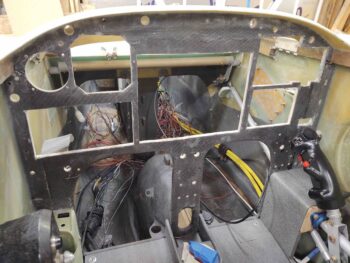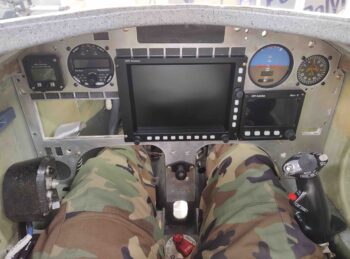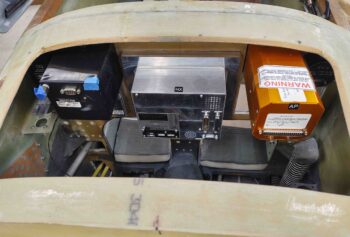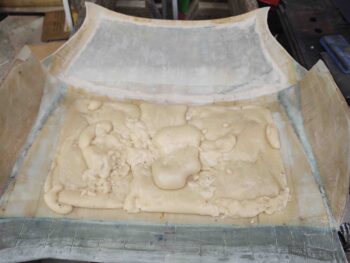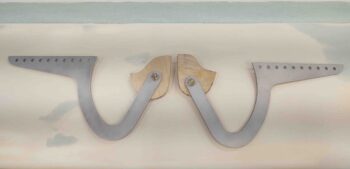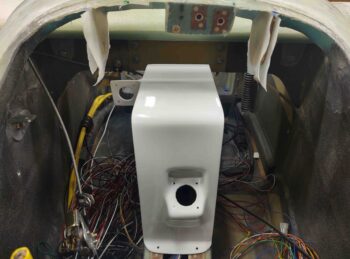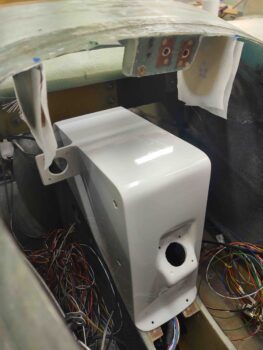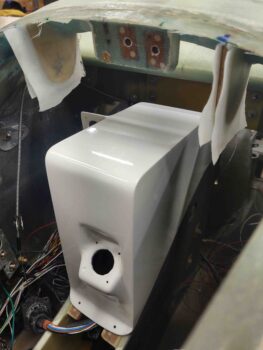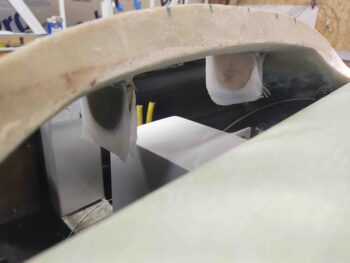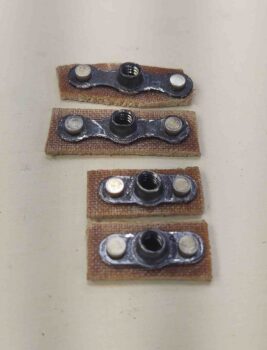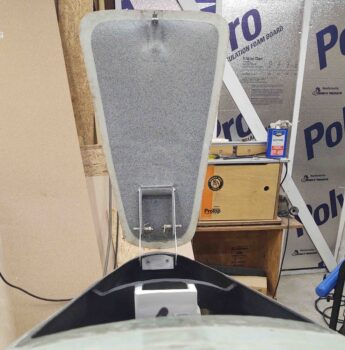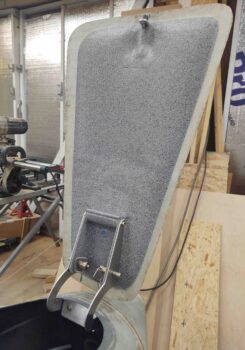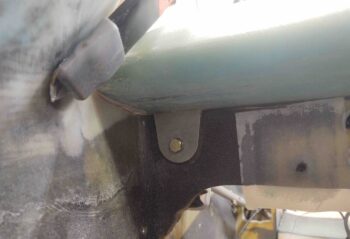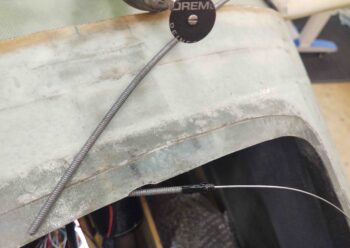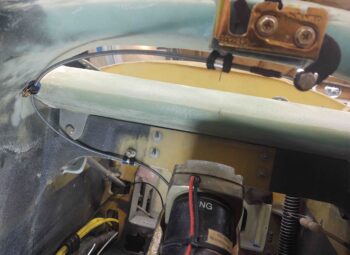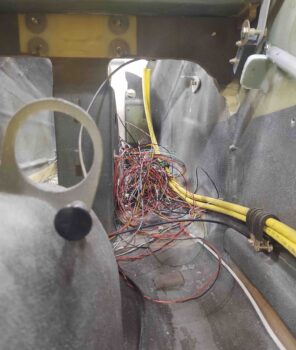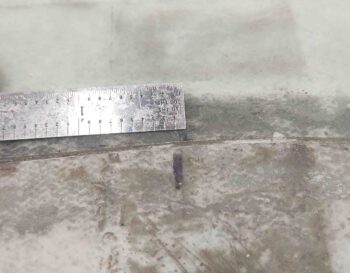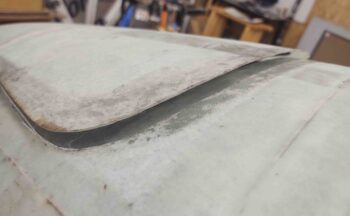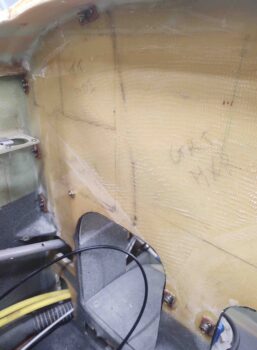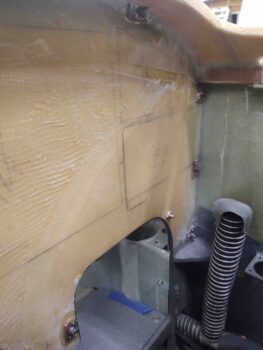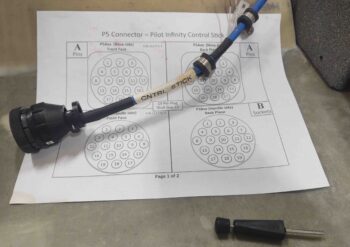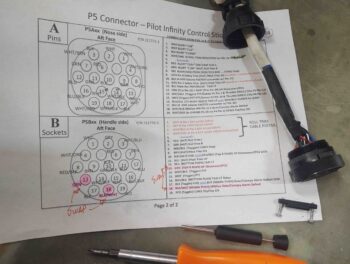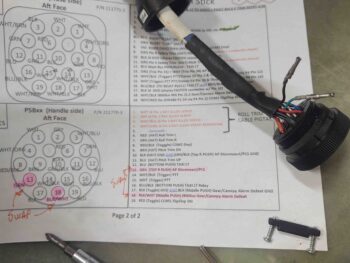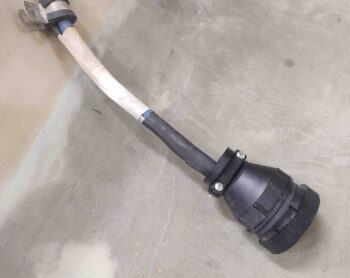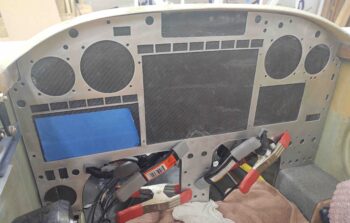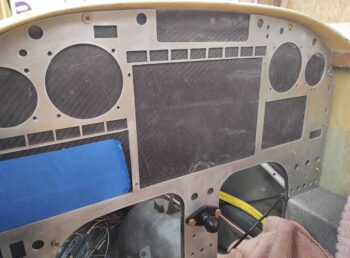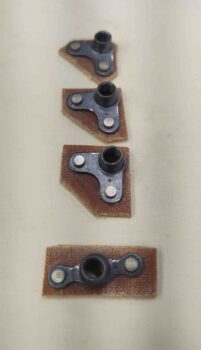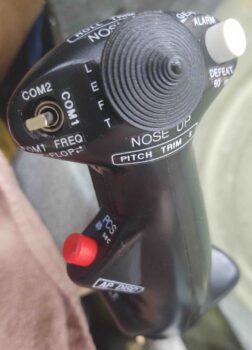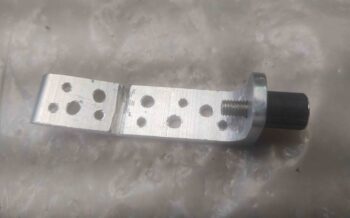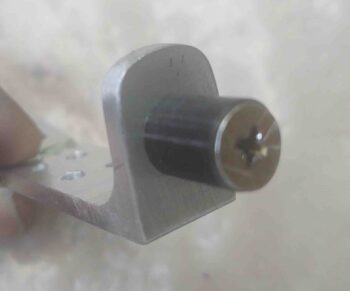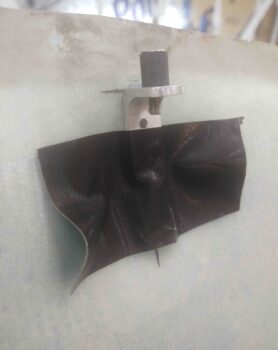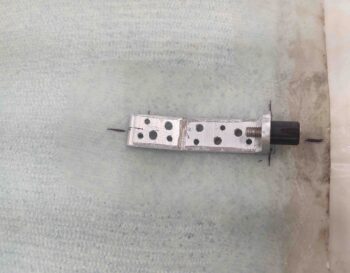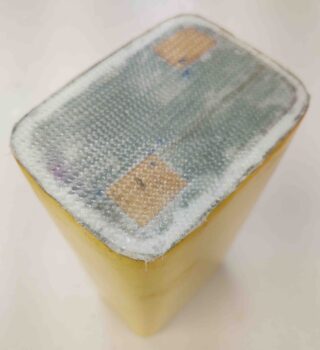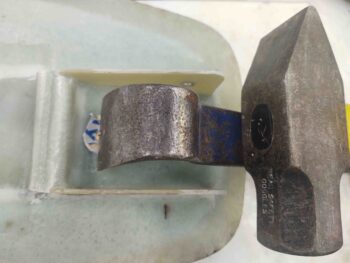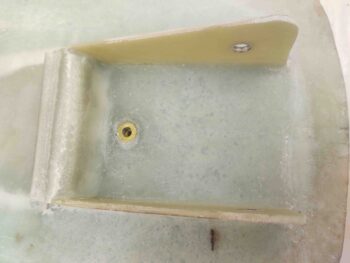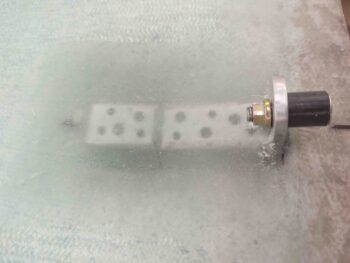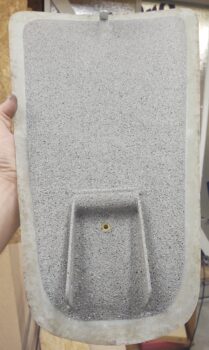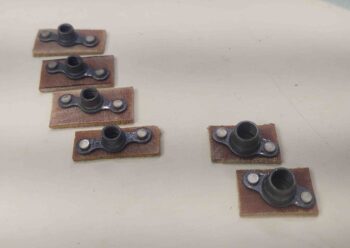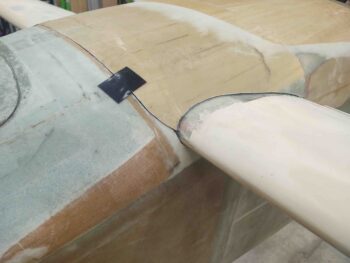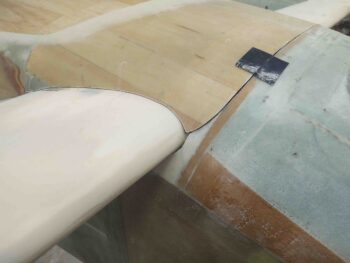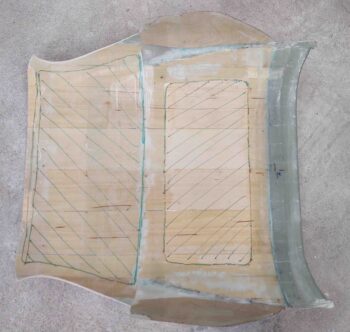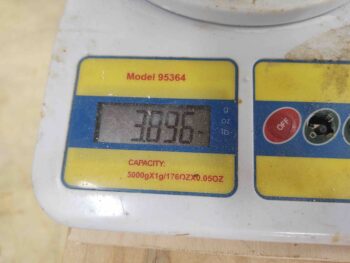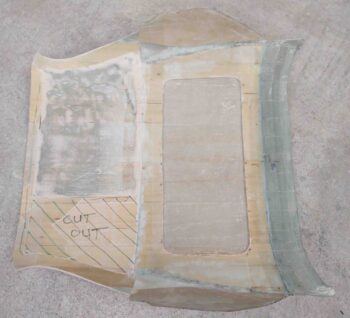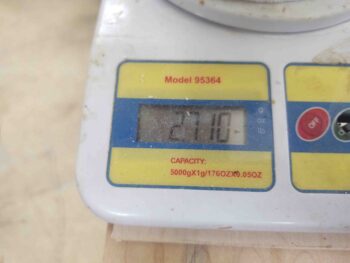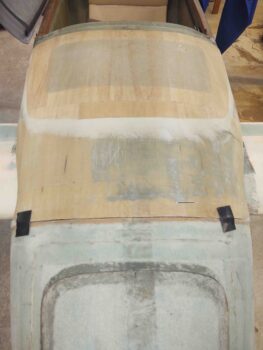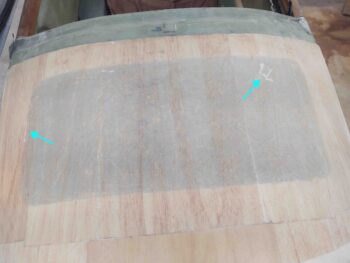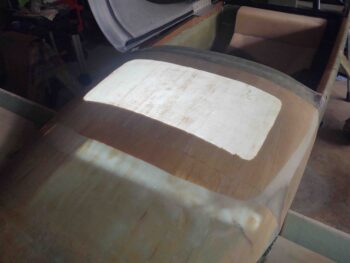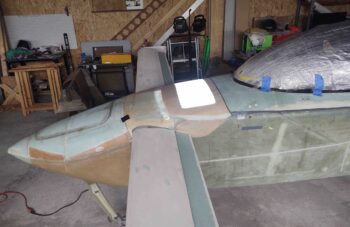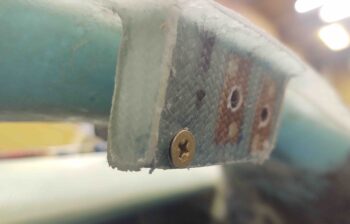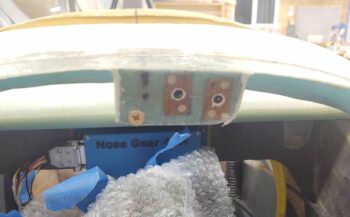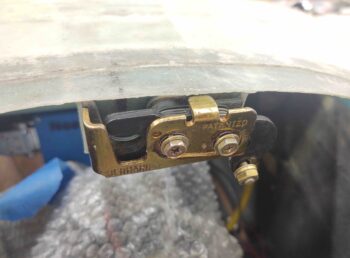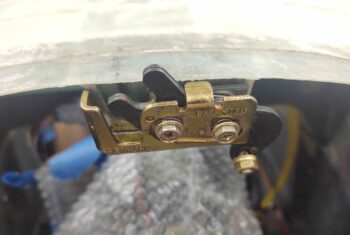I started out this morning compiling a much needed and much overdue order for Aircraft Spruce. I did an inventory of my EZ-Poxy resin for the upcoming strake build and discovered I only had about half a gallon left from my GIB thigh support fuel sump build. So I pulled the trigger on another gallon just to be on the safe side. I also bought a few more SkyBolt (CAMLOC) receptacles for securing the aft nose/avionics cover and the AN3 bolts to secure the canopy safety catch (SC-1 . . . finally!).
Lastly, in order to get the cockpit area prepped for paint I need to have on hand and install the ELT antenna (most likely right behind the pilot’s seat), so I figured it was time to order the ACK E-04 ELT and get those components here for final assessment, configuration and install.
Upon coming back in the house with all the data I gained during my workshop recon I noted that I had a missed call from Marco. By the time I called him back he was at his airport on high alert ready to launch on a high priority sortee to . . . ? Here! Wow… ok. (He called the other day and said he was looking to hop down here for a short visit when the WX was good… and today was a beautiful Fall day).
While he was getting airborne I ran out to the shop and threw all the avionics and instruments into the panel, including the GNS-480 GPS.
I had also started my initial cleanup on the aft nose/avionics cover hinge tabs, so I finished those up post haste and put the cover back on the nose.
BTW, here’s Marco’s recently updated and quite awesome new panel in his flying EZ, JT:
When I picked Marco up from the airport, we took the requisite selfie for Terry Lamp! (grin)
At the workshop, Marco started his inspecti … uh, tour. Here he is telling me everything I could ever want to know about MY milling machine (hehe).
We then checked out the build. He tested out the front seat and then while he was in the back I climbed in for another selfie. It really was great to have him down here… it’s been over a couple years now since he’s seen the build.
Overcome with awe and sheer respect for the quality of my build (haha) Marco was rendered speechless, and could only offer up his respects with an inspiring, perfectly executed salute!
Marco snapped this shot from the back seat looking forward.
After I dropped Marco off back at the airport and he departed (amid a buzz of onlookers talking about ‘that’ odd airplane . . . ) I returned to the shop and got back to work on the aft nose/avionics cover. I was FINALLY able to dial in the hinge configuration and get those suckers mounted. Here we have the aft nose/avionics cover in its MG-inspired open position.
Another shot of the aft nose/avionics cover in the open position.
And one last shot . . .
As I work on the aft nose/avionics cover I plan on spending a good hour each day knocking out a section of the panel to get it so the components are all installed and I can prime, paint, label and clear this sucker.
Since the heavy lifting is complete with the install of the main avionics, I’ve mentally broken down the sections to be completed as follows: the lower left corner, followed by the center strut, the lower right corner, the mid-section, the upper section, and then all the Korey lights: GNS-480 annunciators and panel ON/OFF indicators.
Thus, today was the first to be completed of all those sections: the lower left corner. Here we have the eyeball air vent installed, the outboard oil cooler switches installed, the RAM air open/closed rocker switch installed, and the red flip covered fuel pump switch installed. To be clear, installing these switches meant clearing out a good bit of material on the back (nose) side of the original composite panel bulkhead.
Another shot of the fuel pump switch in the ON position.
My last task of the evening was slightly increasing the size of the opening on both the aluminum and composite panels to accommodate the ELT remote head to be mounted externally on the face of aluminum panel. I drilled the four 4-40 holes through both panel structures, and tomorrow I’ll flox in the phenolic nutplate assemblies to secure the screws.
With the aft nose/avionics cover hinges installed I expect the pace of the remainder of the cover install to accelerate a bit. I will still be concurrently installing the panel components, but over the next week I expect both to be complete as I transition into the strake build (with a few other build tasks sprinkled in as well).


